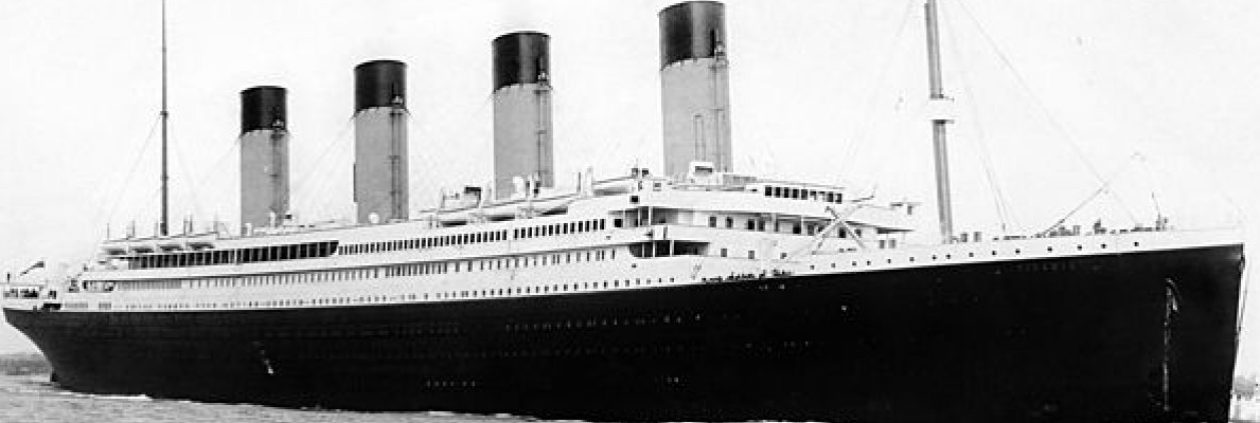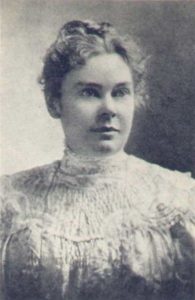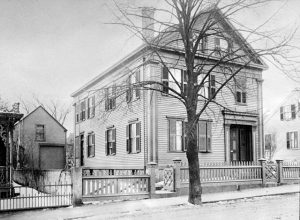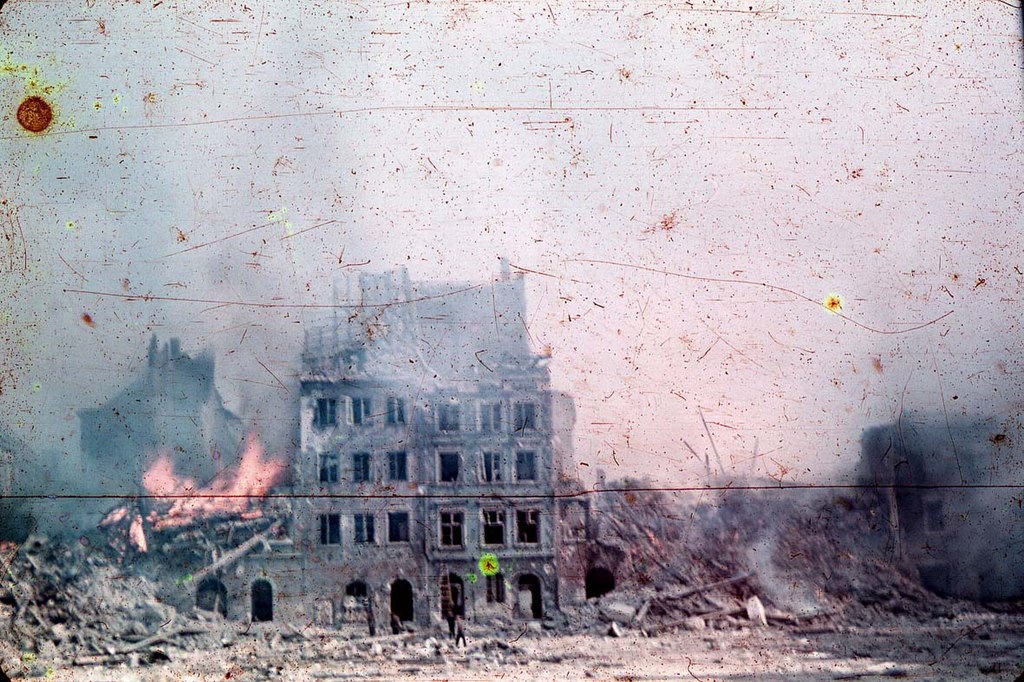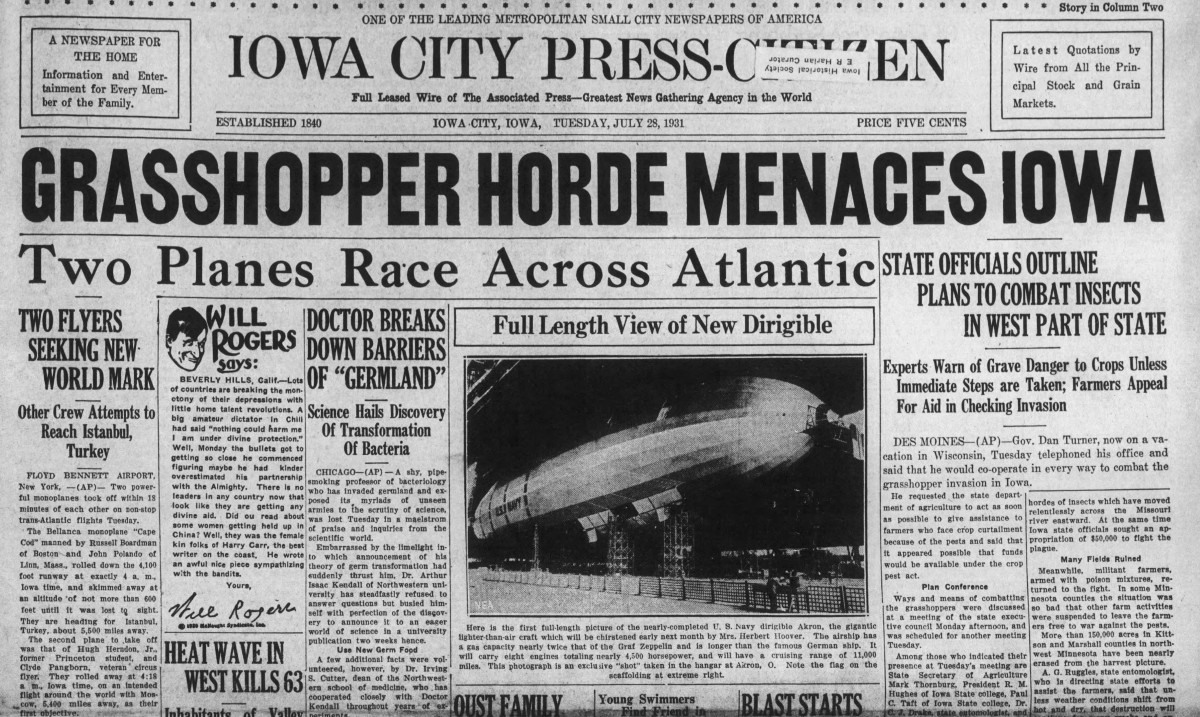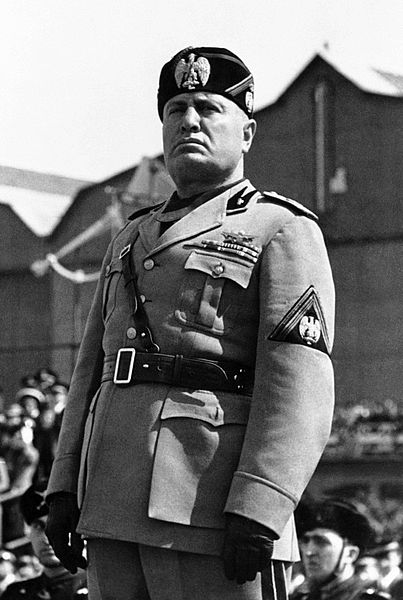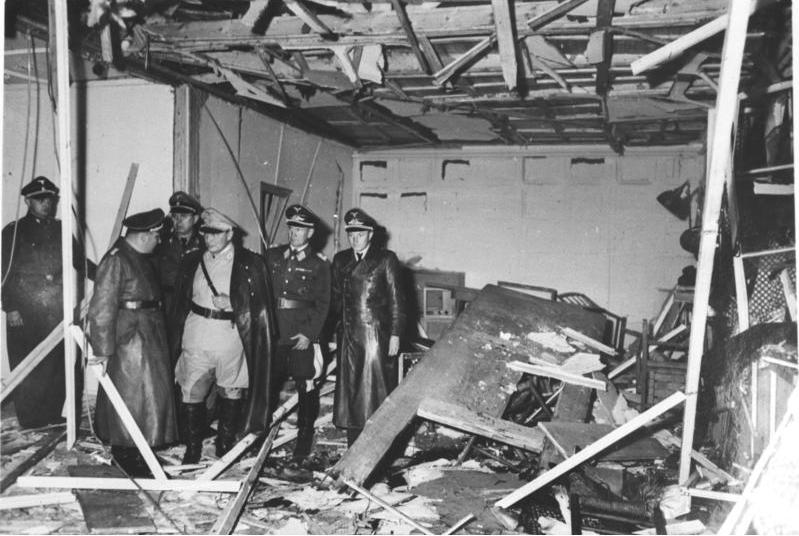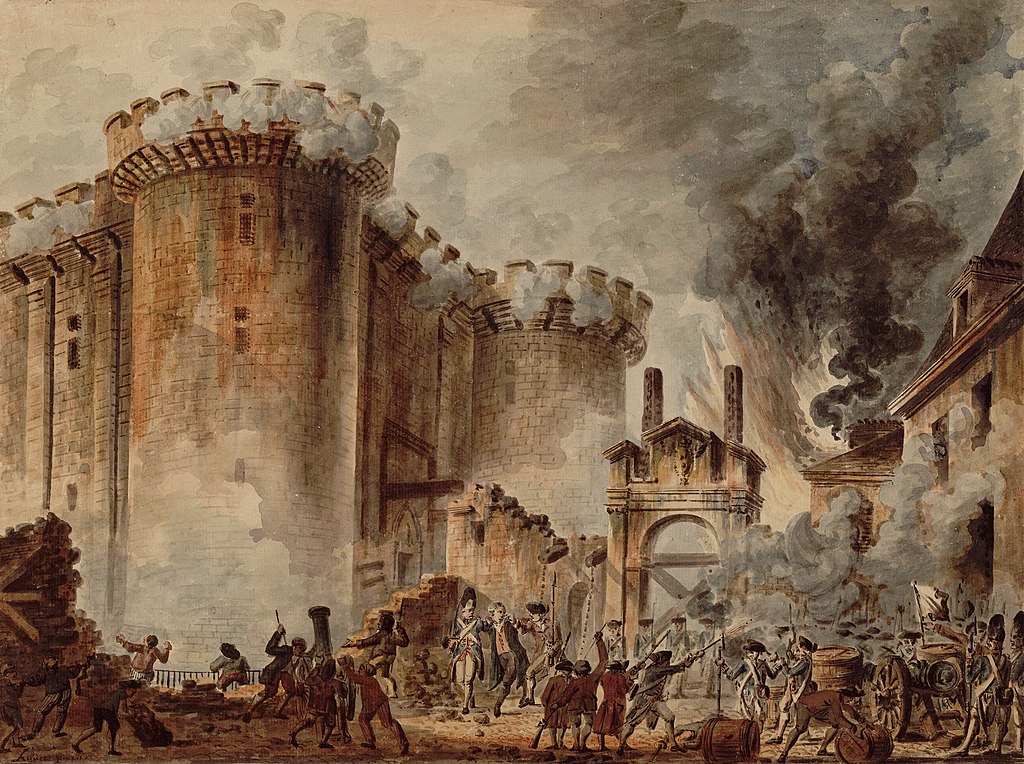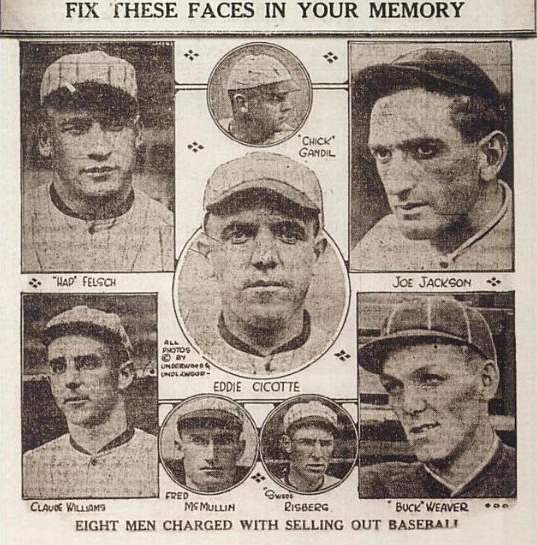Beginning near midnight on August 8 and in the early morning of August 9 1969, Sharon Tate, the wife of movie director Roman Polanski, was killed along with four others in their Beverly Hills home. The murders made national headlines and two days later a second series of murders would occur. The savage murders were done by followers of Charles Manson and the murders would make him a criminal icon.

Author Unknown
Public Domain via Wikimedia Commons
Charles Manson was born in 1934 to an unwed 16-year-old mother; he would never know his father. After his mother was imprisoned for armed robbery, he went to live with an aunt and uncle in West Virginia. He would spend much of his youth getting into trouble and being put into prison in his early adult years. He moved to California in 1967 after being released from jail. In San Francisco he used his charm and other things to attract a small group of followers from the youth rebelling the standards of the day. By 1968, he had become the head of a group who called themselves his “Family.”
Manson’s beliefs were an odd mix of religion, fringe psychology, and even science fiction. He believed in a coming apocalyptic race war that would devastate the country. Blacks would rise up to kill whites but would still need a leader after it was done. Manson would become that leader and his Family would be the nucleus of a new order. He would adopt the term “Helter Skelter,” taken from the Beatles’ record White Album, to refer to this order.

Public Domain via Wikimedia Commons
While he was not present when the murders occurred, he certainly planned and directed it. Roman Polanski was not the target on 8 August, and he was out of town during that period of time. His intended target was Terry Melcher, a music producer that had been introduced to him through a chance encounter with Brian Wilson of the Beach Boys. Manson was a singer-songwriter and one of his songs had been performed by them (though uncredited for it). Melcher considered and then decided to not produce a record by him. Melcher had leased the home that Polanski and his pregnant wife Sharon Tate now occupied.
Sharon Tate was a fledging actress who had come to fame in Valley of the Dolls (1967) and also in the British horror-comedy The Fearless Vampire Killers (1967). While her husband Roman was off in Europe shooting a movie, Tate, now eight months pregnant, was living in the home with his friend Wojciech Frykowski and his girlfriend Abilgail Frykowski (coffee heiress). On 8 August Manson ordered Charles “Tex” Watson and several other members of the family to go there and kill everyone as gruesome as possible. They would arrive near midnight or just a little after and encounter Steve Parent, an 18 year old boy visiting the caretaker, in his car and kill him. Then Watson, Susan Atkins, Patricia Krenwinkel, and Linda Kasabian entered the main house. There were four people in the home-Tate, Frykowski, Folger and celebrity hairstylist Jay Sebring. They were assembled in the living room.
Sebring was both shot and stabbed to death. Frykowski and Folger managed to escape but were tracked down and killed by Krenwinkel and Watson. Sharon Tate was stabbed to death after being hung from a ceiling beam. The rope was found wrapped around her neck and there were no post-mortem injuries found. Her blood was used to write the word “PIG” on the front door. The following night Manson ordered that grocery store executive Leno LaBianca and his wife, Rosemary be murdered. Manson was involved in this action as he and Watson tied up and robbed. He then left with three others of his Family leaving Watson, Leslie van Houten, and Patricia Krenwinkel in the home. They stabbed the couple to death and left words written in blood on the walls.
The murders shocked Los Angeles considering that Frykowski had been stabbed fifty times as well as shot. The police were baffled as to the motives and who the assailants were. The two crimes were not connected at first. There was a belief that a drug transaction gone bad may have led to the gruesome deaths at the Polanski home. What broke the case and connected both murders were the arrests of Manson’s family at the Spahn Ranch in Death Valley for vehicle theft and burning equipment. One of those arrested would implicate Susan Atkins in a murder. Atkins apparently boasted of the Tate murders to cellmates. All of the killers would be arrested including Charles Manson. Although he did not personally commit the murders, he ordered his Family to do them. All were brought to trial in June 1970. Linda Kasabian was given full immunity and was the main prosecution witness. All were convicted of murder and given the death penalty. However, those sentences were changed to life imprisonment when capital punishment was abolished in 1972. Although eligible for parole at various times, none of their requests were granted. Charles Manson would die in prison in 2017 at age 83.
Sources
Bauer, P. (2024, August 1). Tate murders | Victims, Perpetrators, & Facts. Encyclopedia Britannica. https://www.britannica.com/event/Tate-murders
Jenkins, J. P. (2024, July 28). Charles Manson | Biography, Murders, Family, Sharon Tate, & Facts. Encyclopedia Britannica. https://www.britannica.com/biography/Charles-Manson
Mullen, M. (2021c, August 6). Charles Manson cult kills five, including actress Sharon Tate. HISTORY. https://www.history.com/this-day-in-history/manson-cult-kills-five-people
Suggested Reading
Bugliosi, V., & Gentry, C. (2001). Helter Skelter: The True Story of the Manson Murders. W. W. Norton & Company. I highly recommend this book as it covers all the details of the case. And a lot of background investigation as well. The author was the actual prosecutor on the case.
Guinn, J. (2014). Manson: The Life and Times of Charles Manson. Simon and Schuster.
Statman, A., & Tate, B. (2013). Restless souls: The Sharon Tate Family’s Account of Stardom, the Manson Murders, and a Crusade for Justice. It Books.
Titanic News Channel is a participant in the Amazon Services LLC Associates Program, an affiliate advertising program designed to provide a means for sites to earn advertising fees by advertising and linking to Amazon.com.
